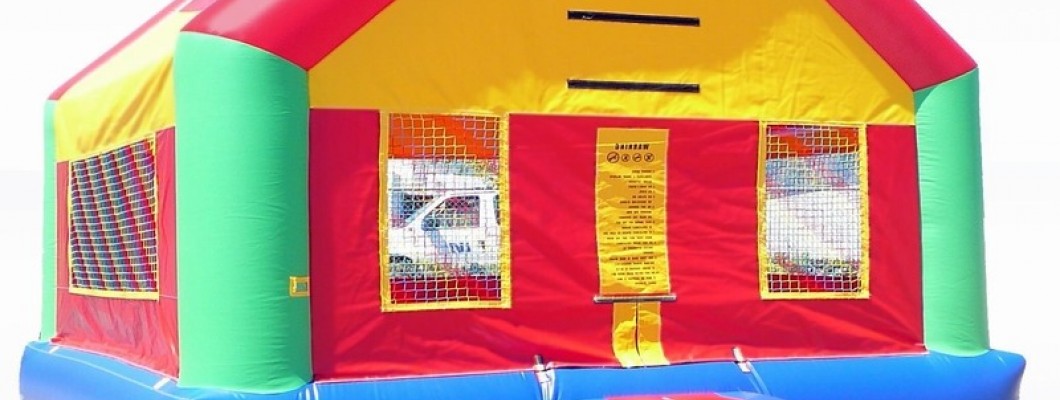
Inflatables, such as bounce houses and slides, are a favorite among children for their fun and excitement. However, ensuring the safety of children while they play on these inflatables is crucial. By following a few key safety guidelines, you can minimize the risk of injury and ensure a safe and enjoyable experience for everyone involved.
1. Supervision is Essential
Always have adult supervision when children are playing on inflatables. An adult should monitor the play area to ensure that children are using the equipment properly, following the rules, and not engaging in rough play. Supervision helps to quickly address any unsafe behavior and prevent accidents.
2. Follow Age and Weight Guidelines
Inflatables are typically designed with specific age and weight limits. Ensure that only children who meet these requirements are allowed to play. Mixing children of different sizes and ages can increase the risk of injury, as larger children can unintentionally harm smaller ones.
3. Limit the Number of Children
Avoid overcrowding the inflatable. Follow the manufacturer’s recommendations for the maximum number of children allowed at one time. Overcrowding can lead to collisions and falls, increasing the risk of injury.
4. Remove Shoes and Sharp Objects
Before allowing children to enter the inflatable, make sure they remove their shoes, glasses, jewelry, and any sharp objects. These items can cause injury to the children or damage the inflatable, creating unsafe conditions.
5. Set Up on a Flat Surface
Inflatables should be set up on a flat, soft surface like grass. Avoid placing inflatables on hard surfaces like concrete or gravel, which can increase the risk of injury if a child falls. Ensure that the area is clear of debris, rocks, and other hazards.
6. Secure the Inflatable Properly
Make sure the inflatable is securely anchored to the ground according to the manufacturer’s instructions. Improperly anchored inflatables can tip over or be blown away by strong winds, leading to serious injuries. Check the stability of the inflatable periodically during use.
7. Establish and Enforce Rules
Set clear rules for using the inflatable, such as no roughhousing, no flips or somersaults, and no climbing on the sides. Make sure all children understand and follow these rules to reduce the likelihood of accidents.
8. Regular Inspections
Inspect the inflatable before use to ensure that it is in good condition. Look for signs of wear and tear, leaks, or other damage that could compromise safety. Regular maintenance and prompt repairs are essential to keep the inflatable safe for use.
Conclusion
By following these safety tips—such as providing supervision, adhering to age and weight guidelines, limiting the number of children, removing sharp objects, securing the inflatable properly, and setting clear rules—you can significantly reduce the risk of injuries when children play on inflatables. Prioritizing safety ensures that the fun continues without any unfortunate incidents.
